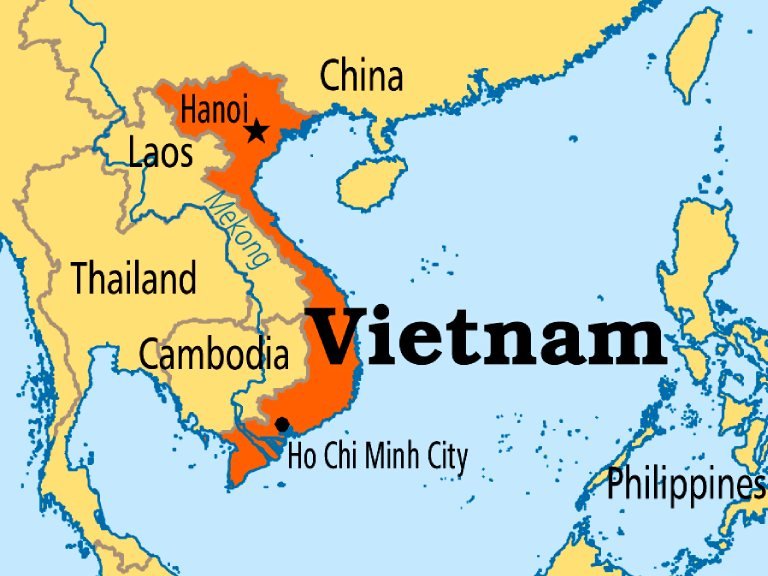
Top Places to Visit for Northern Lights atleast once in a lifetime
If you have ever seen photos of glowing green and purple lights dancing across the sky and wondered whether they
Stretching from the mountains of Sapa to the sandy shores of Nha Trang, Vietnam’s geography is incredibly diverse. Travelers can enjoy lush rice terraces, tropical coastlines, and bustling urban centers in one journey. Vietnam geography is divided into three main regions: the north, the central coast, and the south. Each area has distinct landscapes and climates, giving travelers an opportunity to experience multiple worlds within one trip.
In the north, rugged mountains and terraced fields dominate the scenery. Sapa is known for its cool climate, trekking trails, and ethnic minority villages. Ha Long Bay, another northern highlight, features limestone karsts rising from emerald waters, making it one of Vietnam’s most iconic natural wonders. Hanoi Vietnam best to visit in autumn, when the weather is cooler and the city’s parks and lakes are at their most beautiful. Central Vietnam blends dramatic landscapes with historic charm. Hue is set along the Perfume River and surrounded by lush hills, while Da Nang and Hoi An offer long sandy beaches. This region is also more prone to tropical storms, so timing your trip with the best season to visit Vietnam is key.
In the south, the geography shifts to fertile plains and river networks. The Mekong Delta is a maze of canals and floating markets, often called the “rice bowl” of Vietnam due to its productivity. Ho Chi Minh City, by contrast, is a modern metropolis with rapid growth. Off the coast, Phu Quoc Island invites travelers to relax on white-sand beaches surrounded by turquoise waters. The diversity of Vietnam geography ensures that no two journeys are alike. Whether trekking highland trails, cruising between limestone islands, or basking on tropical beaches, the landscapes are as unforgettable as the culture itself.


If you have ever seen photos of glowing green and purple lights dancing across the sky and wondered whether they

Planning a European escape in 2025 but dreading the visa process? You’re not alone. Thankfully, not all visa applications are

As the summer sun blazes across India, the quest for a refreshing retreat becomes paramount. Whether you’re a city dweller

The dynamic capital of Norway, Oslo, is home to a wealth of historical, artistic, and natural landmarks. Known for its
Start your journey now! Fill out the form and let us craft your unforgettable travel experience.